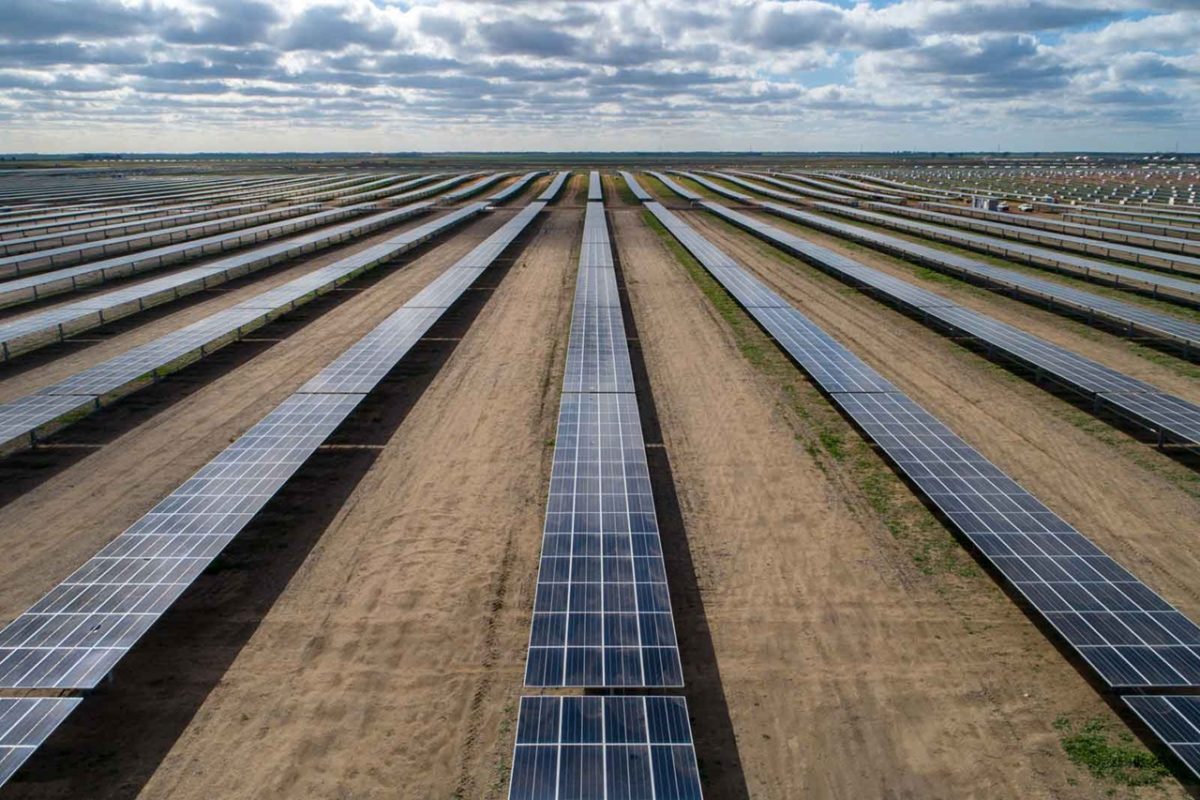https://www.pv-magazine.com/2022/02/07/german-consortium-develops-19-7-efficient-perc-solar-cells-made-of-recycled-silicon/
German consortium develops 19.7%-efficient PERC solar cells made of recycled silicon

PERC solar cells made of 100 % recycled silicon with an efficiency of 19.7%.
Image: Fraunhofer ISE
The Fraunhofer Institute for Solar Energy Systems ISE is leading a German consortium in the development of PERC solar cells based on 100% crystalline silicon recycled from end-of-life photovoltaic panels.
The silicon is recycled through a technique conceived by German specialist Reiling GmbH & Co. KG and the Fraunhofer Center for Silicon Photovoltaics CSP, which is claimed to recycle silicon from different types of modules, regardless of manufacturer and origin.
“At Fraunhofer CSP, the cell fragments with sizes from 0.1 to 1 millimeter are first freed from the glass and plastic by various sorting processes,” the Fraunhofer ISE said in a statement. “This is followed by the step-by-step removal of the backside contact, the silver contacts, the anti-reflective layer and finally the emitter by wet chemical etching. The silicon cleaned in this way is processed into monocrystalline or quasi-monocrystalline ingots in standard processes and then into wafers.”

Image: Fraunhofer ISE
The German scientists said the cells were fabricated only with wafers relying on recycled silicon and that no commercial ultrapure silicon was added during the manufacturing process.
Popular content
The performance of the first trial PERC cells was tested and the devices were found to achieve a power conversion efficiency of 19.7%. “This is below the efficiency of today's premium PERC solar cells, which have an efficiency of around 22.2 percent, but it is certainly above that of the solar cells in the old, discarded modules,” said Peter Dold, project manager at Fraunhofer CSP, without providing more technical details.
This content is protected by copyright and may not be reused. If you want to cooperate with us and would like to reuse some of our content, please contact: editors@pv-magazine.com.




